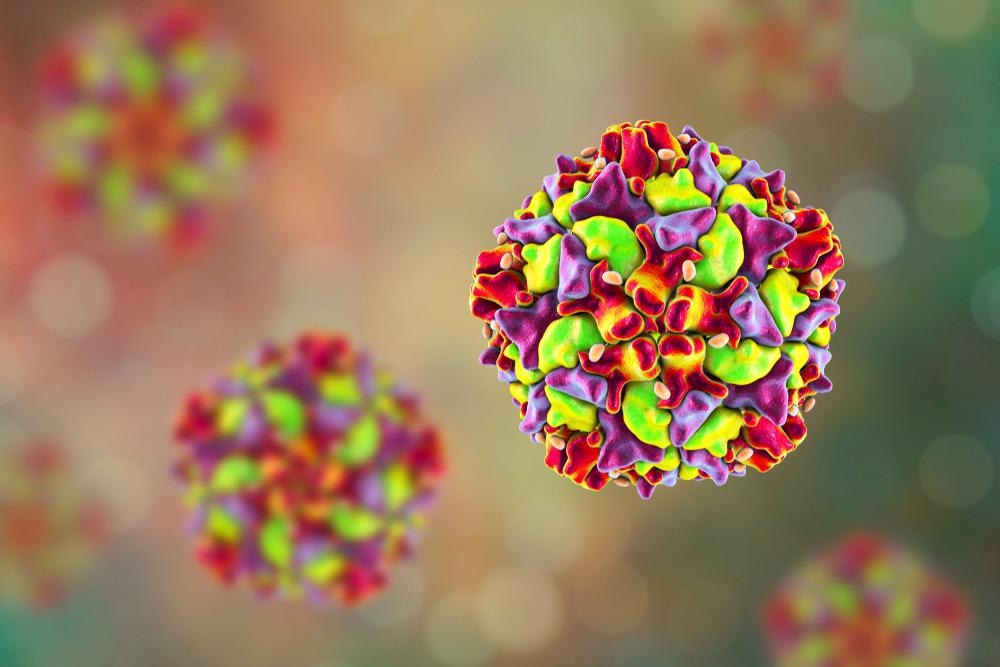Viruses can change and alter their genetic make-up. When these changes occur, the virus may become more or less of a threat to the human host. Virologists are therefore interested in tracking the evolution of the viral genome.

Viral strain concept. Image Credit: Lightspring/Shutterstock.com
In the case of the SARS-CoV-2 virus, it is designated a single species, but there are different kinds that can infect the patient with essentially the same disease. Biologists deploy specific terminologies to describe viruses and the use of these terms has seeped into the public discourse. Here different types of viruses have variously been referred to as mutants, variants, subspecies, and strains. This leads to conceptual confusion. This article looks at what we mean when we refer to a viral strain.
What is a strain?
The term strain is used to distinguish a genetically distinct lineage separated from another strain by one or more mutations. A strain is a genetic variant (not to be confused with a viral variant) or subtype of microorganism (that could be a virus, but it also applies to bacteria and fungi). This is the kind of definition to which biologists abide ––it is the scientific, biological term.
It is important to realize, though, that two genetically distinct viruses are not necessarily biologically (functionally) any different from one another. Whereas a variant differs from that of the reference organism or ‘wild type’ to be designated a strain, a variant should be in possession of unique and stable phenotypic characteristics. A variant is thus called a strain when it reveals distinct physical properties. This means that all strains are variants, but not all variants are strains.
Precisely which characteristics are deemed to be important can differ from strain to strain. In the case of viral strains: these are deemed biologically different only if they elicit an immune response or if they vary in transmission. Viral strains are quite rare.
The term strain is used only in exceptional circumstances and the detection of a strain can only be ascertained in the laboratory under experimental conditions. Virologists look at cells in (cell) culture and in animals and they observe the effects in infected human participants.
Are there strains of SARS-CoV-2 coronavirus?
In the case of SARS-CoV-2 coronavirus, the reality is that no cause has arisen in which the term ‘strain’ need be applied. If it is being used by journalists, scientists, medical practitioners, and other professionals whose linguistic choices influence the public at large then it has technically been used inaccurately. There is only one SARS-CoV-2 coronavirus.
This explains why the symptoms we observe in COVID-19 patients are essentially the same. This is the same virus although different variants emerge all the time. A close watch is kept on these emergent variants, and they are ranked according to the level of risk they pose. These variants, caused by mutational changes to the genetic material have the potential to:
- Alter in transmissibility
- Alter in disease severity
- Became less susceptible to treatments such as anti-viral medicines
- Evade detection by diagnostic tests
- Evade natural or vaccine-induced immunity
Just as there is the one strain of SARS-CoV-2 coronavirus, surprising at first glance given its ability to cause a worldwide pandemic, there was and is only the one strain of HIV-1.
It was the same story for poliovirus, at least initially. Poliovirus is an enterovirus within the Picornaviridae, a family that contains many human and animal pathogens. There is a second strain of the poliovirus in existence, but this strain did not arise by itself. The Lansing strain was created artificially in a laboratory where it was designed to infect mice, spurring further experimental research into this virus, the causative agent of serious degenerative neurological disease that can result in paralysis.

Poliovirus, an RNA virus from Picornaviridae family that causes polio disease. Image Credit: Kateryna Kon/Shutterstock.com
Poliovirus research
The poliovirus has a long history and has been subject to much research ––it was first discovered over 100 years ago now in 1908. It was first referred to as poliomyelitis virus before later being shortened to poliovirus. The successful use of vaccinations against this virus virtually eradicated the threat of poliomyelitis. This has occurred to the extent that scholars nowadays predict a complete cessation to research into this virus.
This has spurred a race against time amongst the poliovirus research community. Here the pace has picked up in recent years to uncover some of the remaining secrets of this virus. Soon it will no longer be necessary to work on such puzzles.
In the meantime, when it comes to poliovirus, it is entirely acceptable to use the term ‘strain.’ This well-established and well-researched virus has earnt the epithet. The same cannot be said for SARS-Cov-2. To escape accusations of fuzzy linguistics and conceptual confusion it is just best to avoid the term ‘strain’ altogether.
References
Further Reading